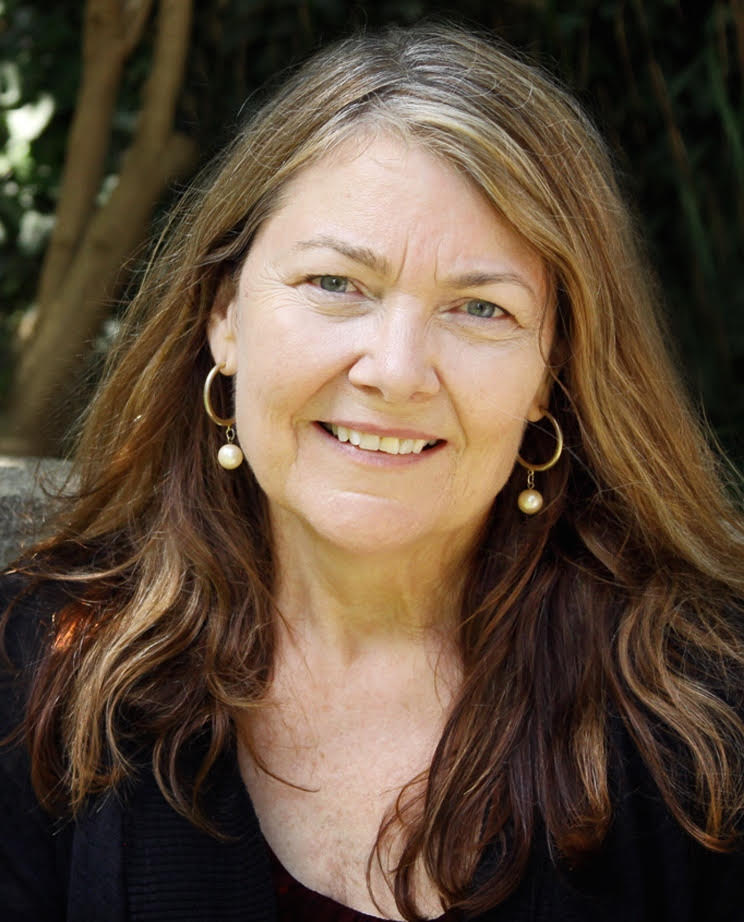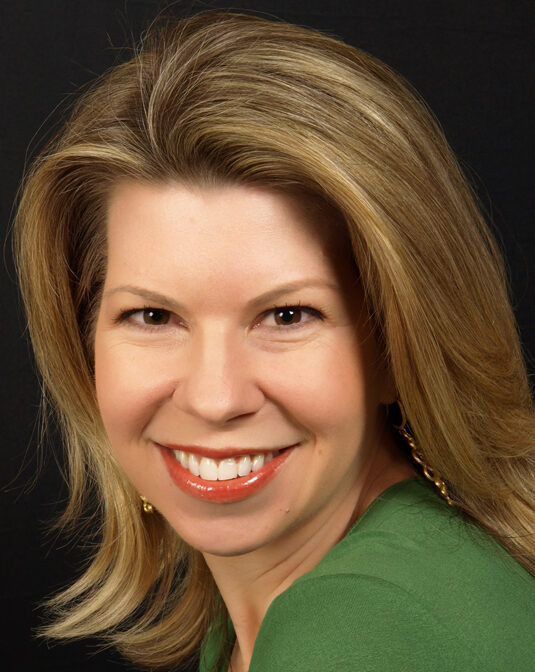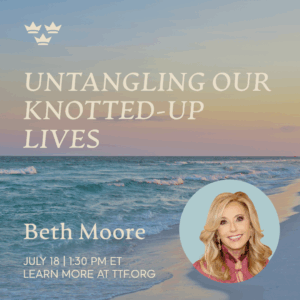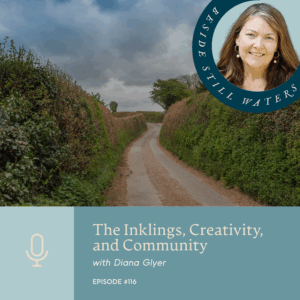The Inklings, Creativity, and Community, with Diana Glyer
February 12, 2021
Overview
Speakers
-
 DIANA GLYER
DIANA GLYER -
 CHERIE HARDER
CHERIE HARDER
SHARE

